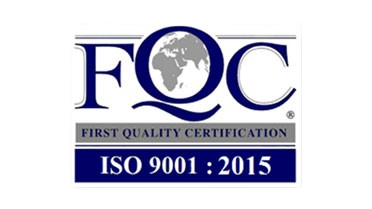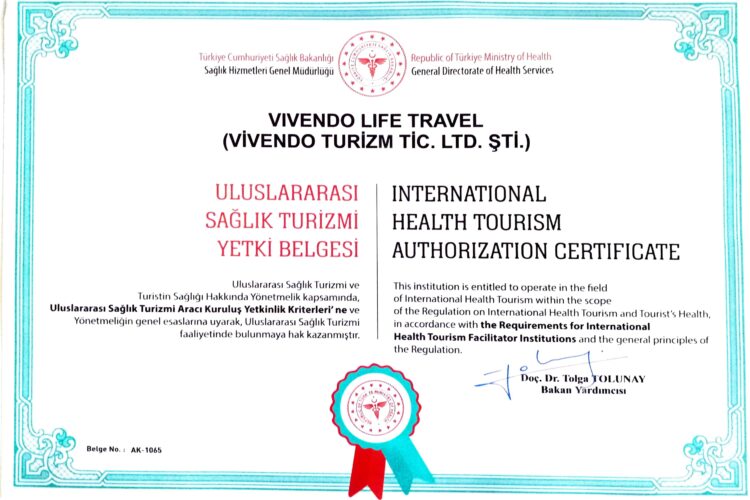BRIGHT SMILES, BRIGHT PRESENT, BRIGHT FUTURE: YOUR GUIDE TO TEETH DISCOLORATION AND RESTORATION
‘’A smile is a curve that sets everything straight’’ – Phyllis Diller
This quote beautifully encapsulates the transformative power of a radiant smile both for the one who shares it and the one who receives it. However, without bright, shining teeth, one is prone to frown more. Generally, having stained and dingy teeth is the result of teeth discoloration -a widely common dental issue that affects a large chunk of society.
As such, this blog will help you differentiate between the types of teeth discoloration, understand its causes, and learn about its treatments.
The Two Faces of Teeth Discoloration: Extrinsic vs. Intrinsic
Teeth discoloration can be likened to an iceberg inasmuch as what you see on the surface is only a miniature part of the story. There are two primary types of discoloration—extrinsic and intrinsic. Hence, understanding the difference is key to finding the right solution.
Extrinsic Discoloration: The Surface Stains
Extrinsic discoloration affects the outer layer of your teeth, the enamel. Think of it as a temporary tarnish on a precious gem/This type of discoloration is usually not a serious threat to your oral health but interferes nonetheless with one’s esthetic and healthy appearance. This is generally caused by external- extrinsic factors such as:
Culprits in your food. Consuming foods and drinks with strong pigments can stain teeth over time. Examples include coffee, tea, red wine, cola, berries, and certain spices like curry.
Tobacco Use: Smoking or chewing tobacco introduces tar and nicotine to the teeth, causing stubborn yellow or brown stains.
Poor Oral Hygiene: Inadequate brushing and flossing allow plaque and tartar buildup on teeth, which can attract and retain stains from food and drinks.
Environmental Factors: Exposure to certain metals (like iron or copper) or chemicals in industrial settings can lead to extrinsic staining, especially when oral hygiene is not optimal.
Preventive Measures:
• Good Oral Hygiene: Brushing at least twice a day and flossing daily helps prevent plaque buildup and extrinsic staining.
• Dietary Modifications: Limiting consumption of staining food and beverages, or rinsing with water after consumption, can reduce the risk of extrinsic discoloration.
Treatment Options:
• Professional Cleaning: Regular dental cleanings can remove surface stains and prevent them from becoming deeply embedded.
INTRINSIC
Intrinsic discoloration refers to staining that occurs from within the tooth structure itself.
Causes:
1. Dental Trauma: Injuries to the teeth can lead to discoloration as the tooth responds to trauma by laying down more dentin, which can darken over time.
2. Medications: Certain medications, such as tetracycline antibiotics when taken during tooth development (in childhood), can cause intrinsic discoloration.
3. Genetic Factors: Some individuals may have genetic conditions that affect the development of tooth enamel, leading to intrinsic discoloration.
Treatment Options:
Professional Whitening: In-office whitening procedures involving bleaching agents that penetrate the enamel to lighten the tooth from within.
Veneers or Crowns: For severe cases, where whitening treatments may be ineffective, veneers or crowns can be used to cover the discolored teeth effectively.
Further consultation with a dental expert is essential to understand which type of discoloration you have and, thus receive the appropriate treatment for it.
For more insights on achieving and maintaining optimal dental aesthetics, contact us and discover personalized care tailored to your unique needs. Your journey to a radiant smile begins in VIVENDO!




